 We all know that teachers spend endless hours grading. The time invested in grading outside of school hours is tremendous. The amount of grading that teachers bring home each night/week surely takes time away from family, relaxation, and hobbies. As a student, I can remember myself anxiously waiting to receive my grades either on a test, essay, or report card. Receiving just a letter grade or one-word comment like, “Excellent,” on an assignment that I spent hours, if not days on, didn’t tell me much except whether I passed or failed or if my work was satisfactory or unsatisfactory. Sure, if the grade or comment was positive that made me feel good, but it still didn’t tell me specifically what was “excellent,” or what my strengths were to capitalize on, or where I could or should improve. Personally, I couldn’t stand a letter grade followed by a minus, like an A-, B-, or C-. There was something about that minus that put that letter grade to shame. I would cringe when I saw it. And don’t get me started on checks, smiley faces, and stars. But I admit that in my early years as a teacher, I thought it was ok to put such things on graded papers too.
We all know that teachers spend endless hours grading. The time invested in grading outside of school hours is tremendous. The amount of grading that teachers bring home each night/week surely takes time away from family, relaxation, and hobbies. As a student, I can remember myself anxiously waiting to receive my grades either on a test, essay, or report card. Receiving just a letter grade or one-word comment like, “Excellent,” on an assignment that I spent hours, if not days on, didn’t tell me much except whether I passed or failed or if my work was satisfactory or unsatisfactory. Sure, if the grade or comment was positive that made me feel good, but it still didn’t tell me specifically what was “excellent,” or what my strengths were to capitalize on, or where I could or should improve. Personally, I couldn’t stand a letter grade followed by a minus, like an A-, B-, or C-. There was something about that minus that put that letter grade to shame. I would cringe when I saw it. And don’t get me started on checks, smiley faces, and stars. But I admit that in my early years as a teacher, I thought it was ok to put such things on graded papers too.
As I became more of a mindful educator, I realized that putting all that time into grading meant I had to invest my time wisely by giving students feedback that was meaningful and valuable to help students reflect and to think critically about their work. What’s the point of spending all that time on grading if I didn’t do that? When reading through lengthy writing pieces, essays, and detailed long answer responses that require analytical thinking and more thought processes, I didn’t do any justice to my students by responding with, “Good job,” “Good thinking” or “Well done.” This wasn’t the kind of feedback that my students needed to help them reflect or make revisions. I mean we all like to be told we’re doing well, but what if we’re not? Getting a poor grade or a comment that says, “Do over” or “Not your best effort,” leaves students feeling confused and discouraged. In both cases, students need to know specifically what they are doing well or where they can improve, providing constructive criticism to support student growth, progress, and success.
Feedback Sticky Notes
My students and I were always using sticky notes, especially when giving and receiving feedback. So, I created Feedback Sticky Notes to use in a few ways:
-
Teacher giving feedback to students
-
Students give feedback to each other (peer feedback) during writing conferences, small group work, projects, and during museum walks
-
Students give themselves feedback in order to reflect and to set goals
Teacher Giving Feedback to Students
I gave the most feedback to students during writing conferences, after published work, or when an assignment or project was completed. I like these 3 simple, yet effective ways to give meaningful and valuable feedback to students.
-
2 Stars & a Wish
-
Give Me Kind, Specific & Helpful feedback
-
Give Me Five (stars, wishes, questions, goals, tips, strategies)
Here are posters that describe each feedback strategy. These posters are helpful for student reference. Post them in your classroom and/or give a copy of each one to your students.
Here are a few writing samples from my son, who was a first-grader, and how I use the feedback sticky notes to give him meaningfully, constructive feedback.
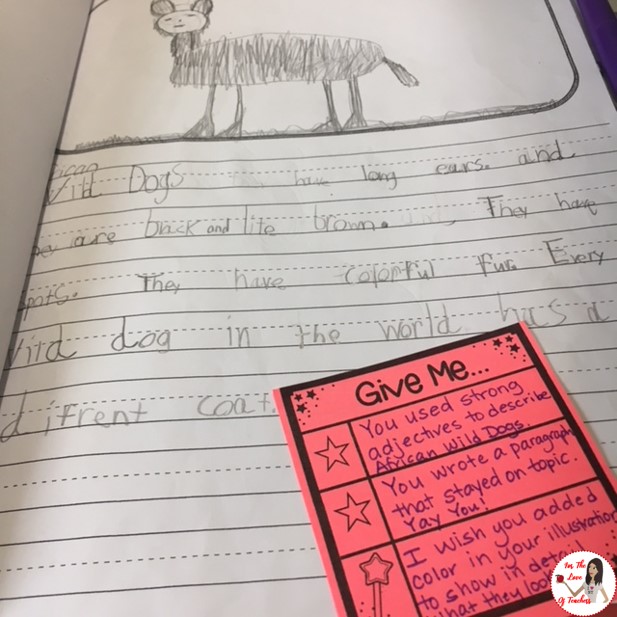
I always remind my students that feedback is meant to be constructive, not critical. They are still learning, so feedback should be taken with an open mind and are suggestions for improvement.
Peer Coaching
Many students felt that conferring with peers was not valuable because after sharing their work, their peers would say, “Good job” but didn’t specifically say what was good. On the flip side, if a peer thought the work wasn’t good, they didn’t share specific feedback about what wasn’t “good” either. This led to little or no revising, one of the most important steps in the writing process. This is when I knew I had to train my students to become peer coaches. Once they knew what kind of feedback was meaningful and valuable they were able to use sticky notes and give this kind of feedback to their peers. After that, conferences were much more productive and the feedback given was helpful and specific. Peer conferring became an effective part of our school day not only in Writer’s Workshop but in anything we were working on in class.
Reflection
When it was time to self-reflect or help our peers reflect, these sticky notes came in handy. They also helped us to set goals moving forward.
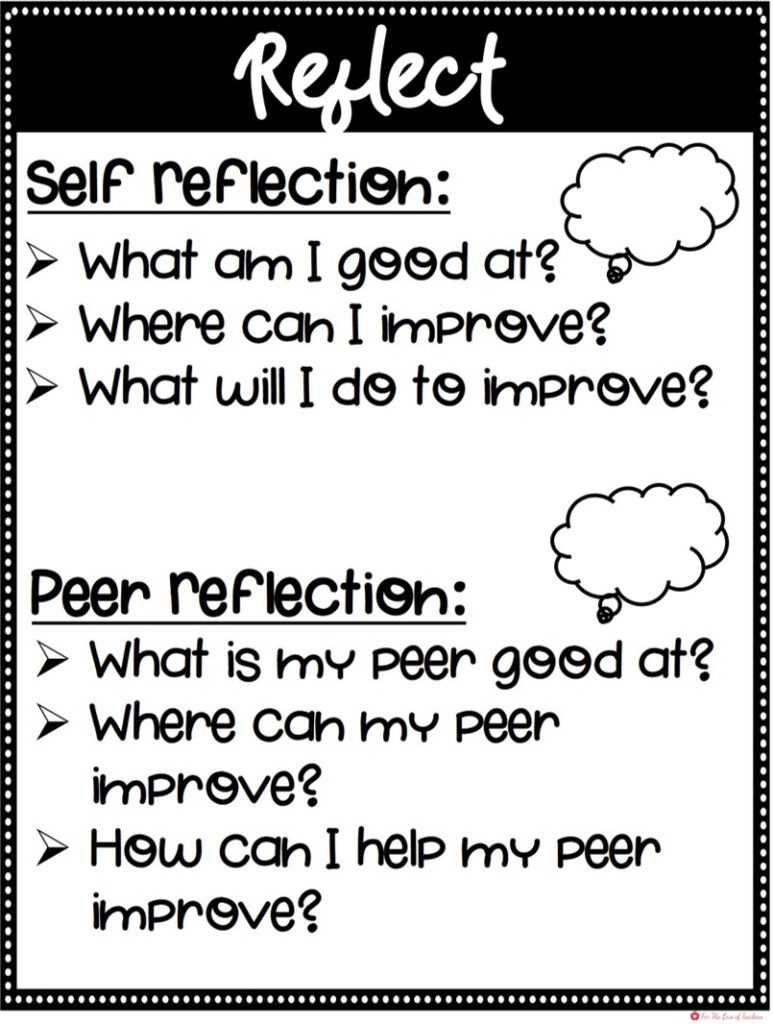
I hope this encourages you to give more feedback to your students and feels less intimidating. I know that grades are important to student and parents and giving number and letter grades are necessary for those short answer assessments, like multiple choice or just check-ins, and for collecting data, but I don’t want students to get stuck on the “grade.” When it comes to helping students improve and reflect, giving meaningful feedback is far more effective. These little sticky notes make it a bit more manageable to give the feedback students need to improve. And best of all, your students will appreciate it too!
When you create a class community where feedback is just as important as the grade, you’ll see that your students find value in it. Give them time to swallow the feedback and to make revisions. The process of learning is always ongoing so your assignments should be open to continuous revisions.
A question I get often from teachers is, “Do I have to give feedback on everything? I just don’t have the time for that.” No, please don’t. I suggest giving feedback on your most important work: tests/exams, published writing, essays, and long answer responses. Some things like homework may be checked for effort and completion. Glance over exit tickets to check for understanding. Some work may need to be looked over for taking some notes to plan small groups or share during parent-teacher conferences. So, please use your judgment and invest your time wisely in giving meaningful feedback on select work that will truly help your students improve.
You can check out my Feedback Sticky Notes and Posters here.
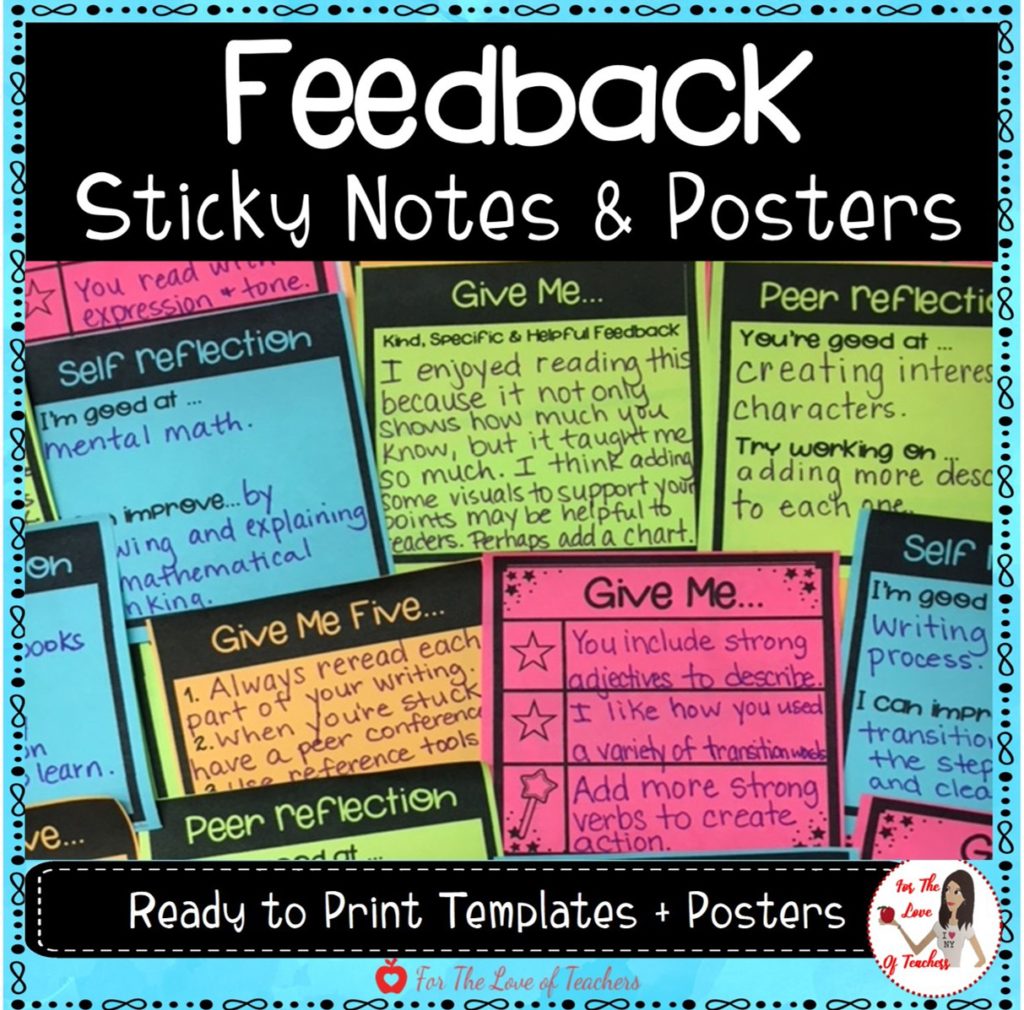
Follow me to be notified when new resources are uploaded to the Shop and join the email list to receive the latest and greatest updates, posts, and some awesome freebies!
If you like it, then pin it!



Christine Weis is a passionate educator, classroom management coach, wife, and mom of two busy boys. She enjoys teaching, writing, and creating resources for teachers.
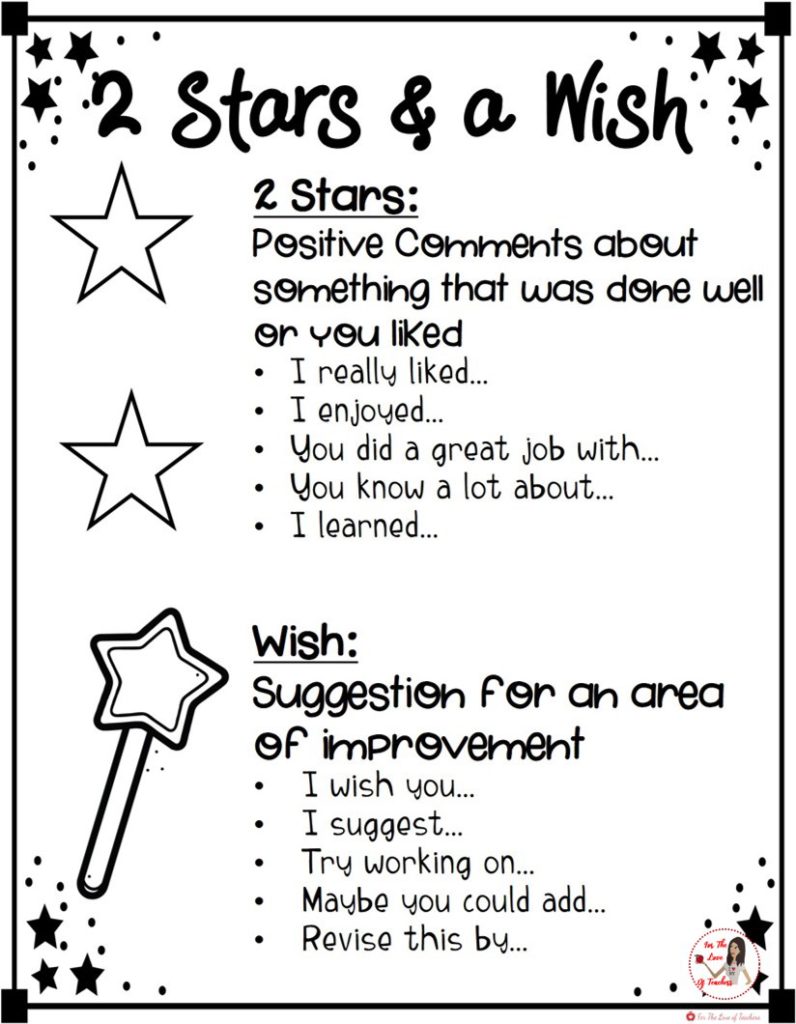
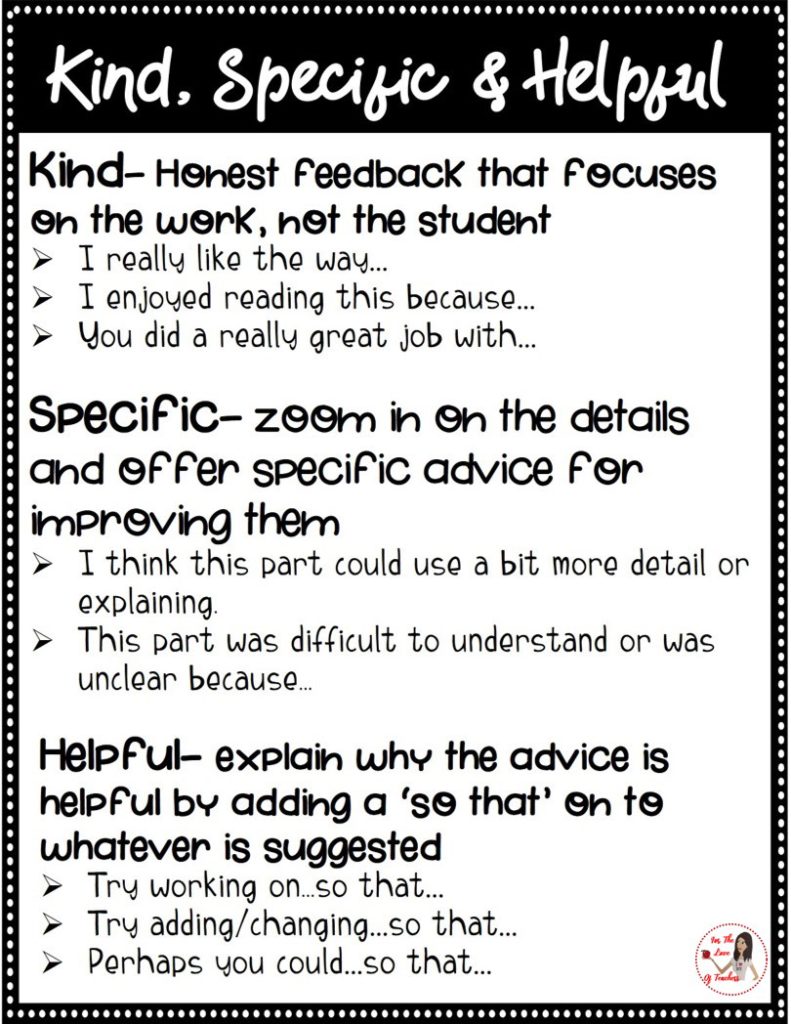
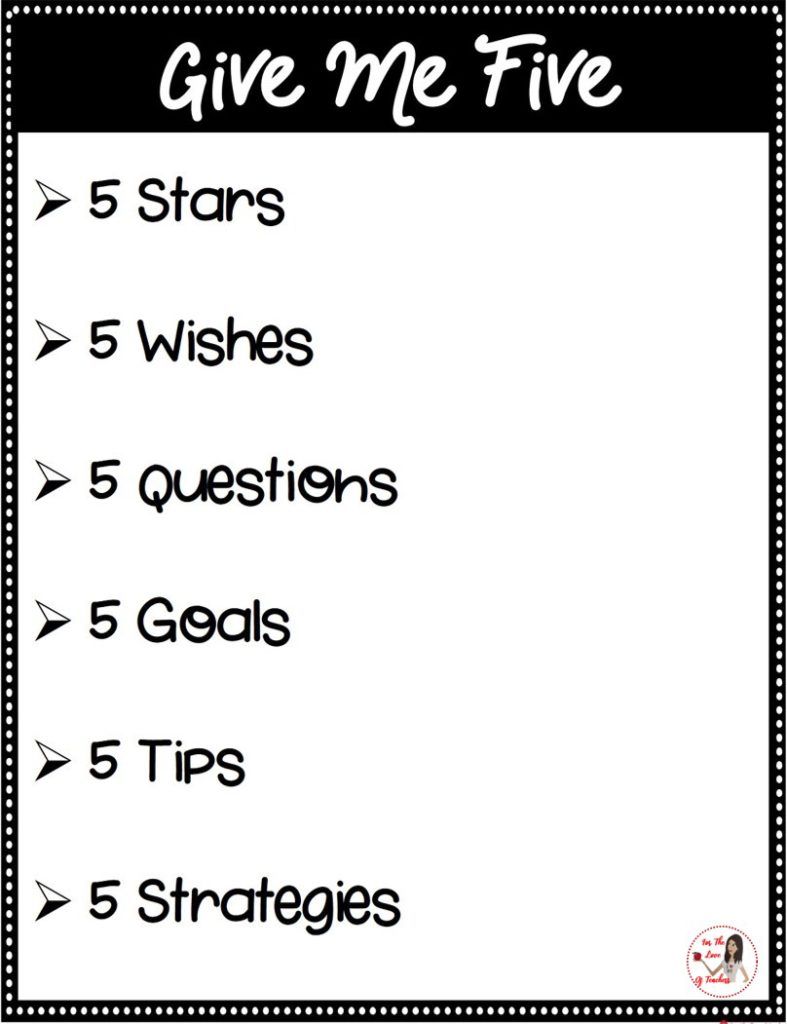
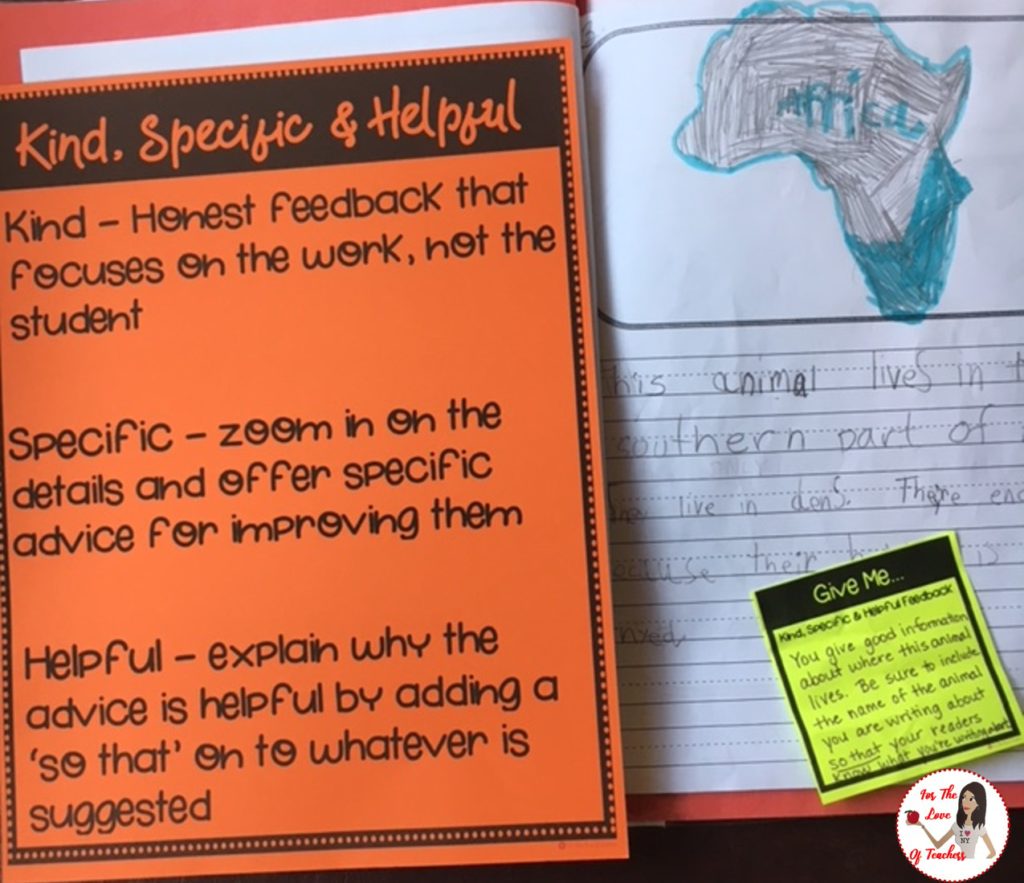
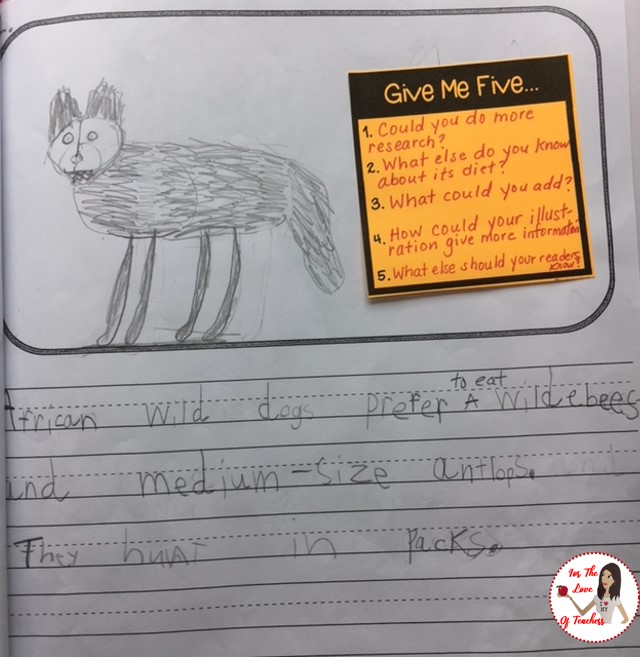
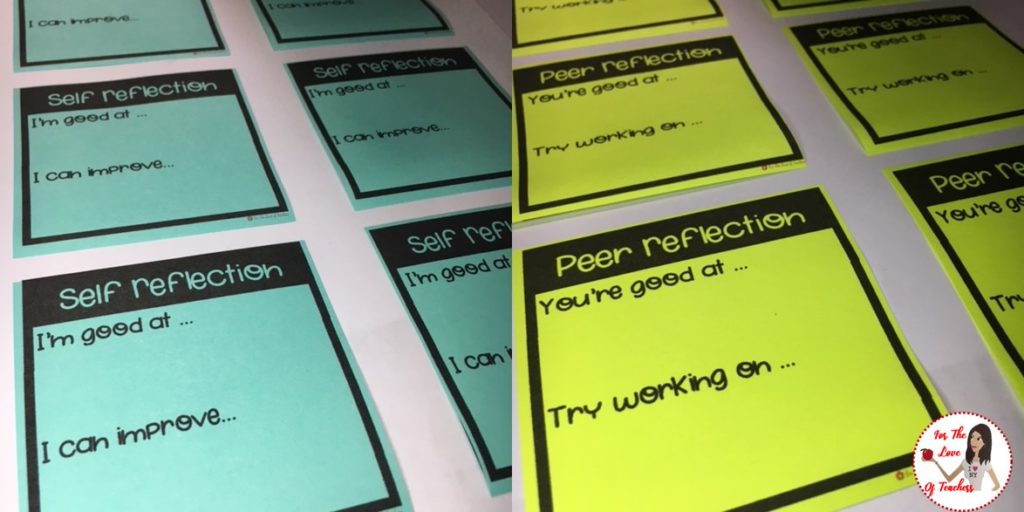




Communication is the key, I used to be that kind of teacher. The parent and children got the point of accepting the positive and objective feedback I am sending. Good Job! <3
Kudos for you for being that kind of teacher. I bet the students and parents really appreciated your feedback. Thanks for reading!
Christine at For The Love of Teachers
Oh wow this is such a smart idea! I think all teachers should do this!
Thank you! Thanks for reading!
Christine at For The Love of Teachers
I TOTALLY HEAR YOU! I remember the frustration of a letter grade or a “Good Job,” note on a 10 page paper. You are such a great teacher for outlining how to improve and be a better student! Will pass this along to my teacher friends!
Thank you so much, Kathleen! That is so frustrating, right?! Thanks for reading!
Christine at For The Love of Teachers
Wow so many things to think about! Every teacher needs to read this
Yes…lots! Thanks for reading!
Christine at For The Love of Teachers
this is definitely a useful tool for teachers and students alike.. and feedback provided in this style will only make things better and help everyone
Yes! Agreed! Thanks for reading!
Christine at For The Love of Teachers
In any line of work with people, feedback and communication is so important. It’s what helps us grow. Love how spot on you are with your insight. I’m going to work on being more spdcific and intentional when I give feedback.
So true that this is applicable to all types of work. Like you, I strive to be more specific and intentional when giving anyone, friends and family included, any type of feedback. It goes a long way. Thanks for reading!
Christine at For The Love of Teachers
Oh my this is FABULOUS! I pinned to my boards to share with my teacher/homeschool momma friends. Feedback is so important. As a parent, it can be confusing with a grade that is not great and no feedback on what is missing or how to improve. I love the fact that you are encouraging and equipping the students in a positive way! SO GREAT! Thank you for all you do! I can only imagine that your students are really benefiting from this tool.
Thank you, thank you! Please do share! I completely agree with how the grading/common core standards system can be and certainly is confusing to parents and teachers too. The feedback helps the teacher, students and parents understand where the students do well and where they can improve. Thanks for reading!
Christine at For The Love of Teachers
This is so interesting. Teachers are the best. They do so much for our growing children. It’s great to teach them positivity.
Thank you, Rhonda! You’re the best for thinking that teachers are the best. Thanks for being our cheerleaders. <3
Thanks for reading!
Christine at For The Love of Teachers
This is a great way to go. Constructive feedback is so important and it’s vital for teachers to do it right. Thank you for all the you do by the way – educators are so undervalued and you’re all so important to our society, your work doesn’t go unnoticed!
Thanks so much, Julie! I appreciate your kind comment. I have a deep admiration for this profession. I’m inspired by teachers and all they do in this challenging, underpaid profession. Thanks so much for noticing! <3
Thanks for reading!
Christine at For The Love of Teachers
Interesting! I remember just getting a lot of red writing on the back of my papers which kind of scarred me as an adult. This system is more of the type of feedback they would get in the working world.
Oh, the dreaded red pen! I NEVER use a red pen because of this! Short, specific feedback usually does the trick. It’s more than helpful. Thanks for reading!
Christine at For The Love of Teachers
its also a great lesson to teach kids at an early age to accept positive & constructive feedback bc theyre going to be receiving it for the rest of their lives! and it helps so much with personal growth
So true! From your peers, colleagues, admin…definitely going to receive feedback on all ends. It’s also good to learn how to give positive, constructive feedback as well. Thanks for reading!
Christine at For The Love of Teachers